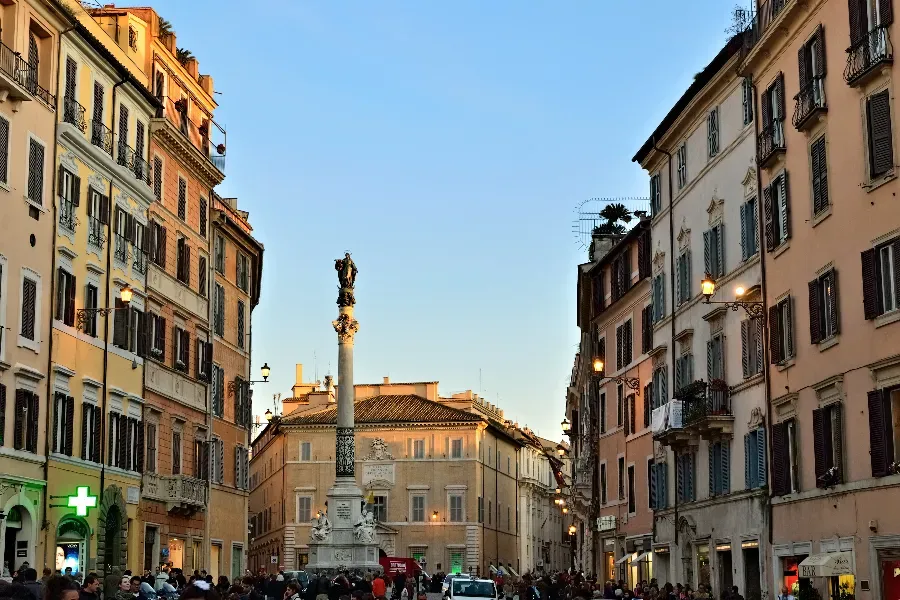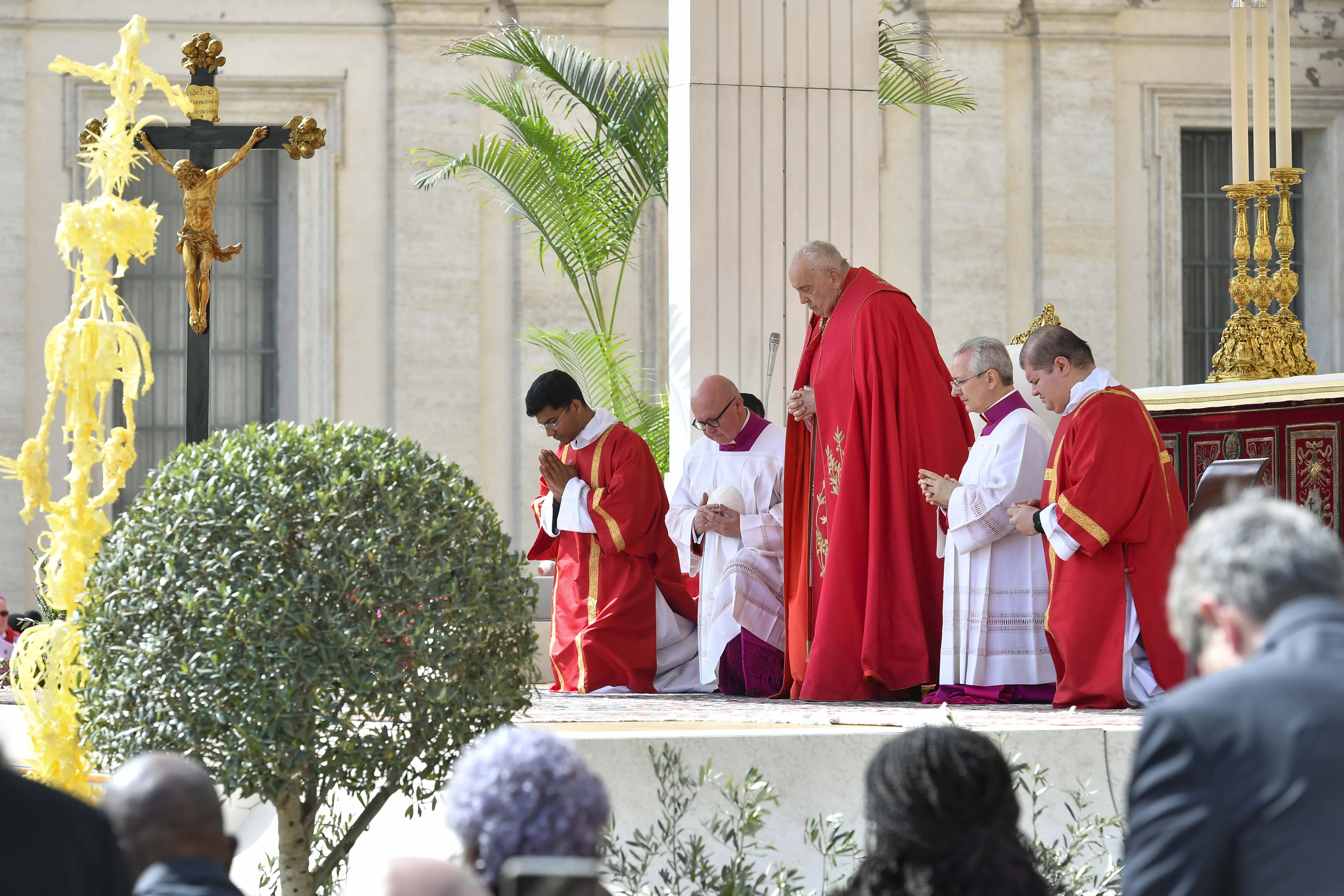Vatican City, 06 January, 2022 / 8:00 pm (ACI Africa).
On the feast of the Epiphany 400 years ago, Pope Gregory XV founded a Vatican congregation dedicated to spreading the Gospel: Propaganda Fide.
Today, the founding of the Vatican’s missionary arm, now known as the Congregation for the Evangelization of Peoples, is commemorated by a special chapel inside its office by the Spanish Steps: the Chapel of the Magi.
The chapel was first built in the 17th century by Gian Lorenzo Bernini, the sculptor who created the baldacchino in St. Peter’s Basilica and the colonnades embracing St. Peter’s Square. But the chapel was later enlarged and reconstructed by the architect Francesco Borromini.
This is the chapel where the future saint John Henry Newman was ordained a Catholic priest in 1847.
The Chapel of the Magi can be viewed during a tour of the congregation’s Missionary Museum, located by the Spanish Steps, along with the Borgia Collection of antiquities from missions around the world.









